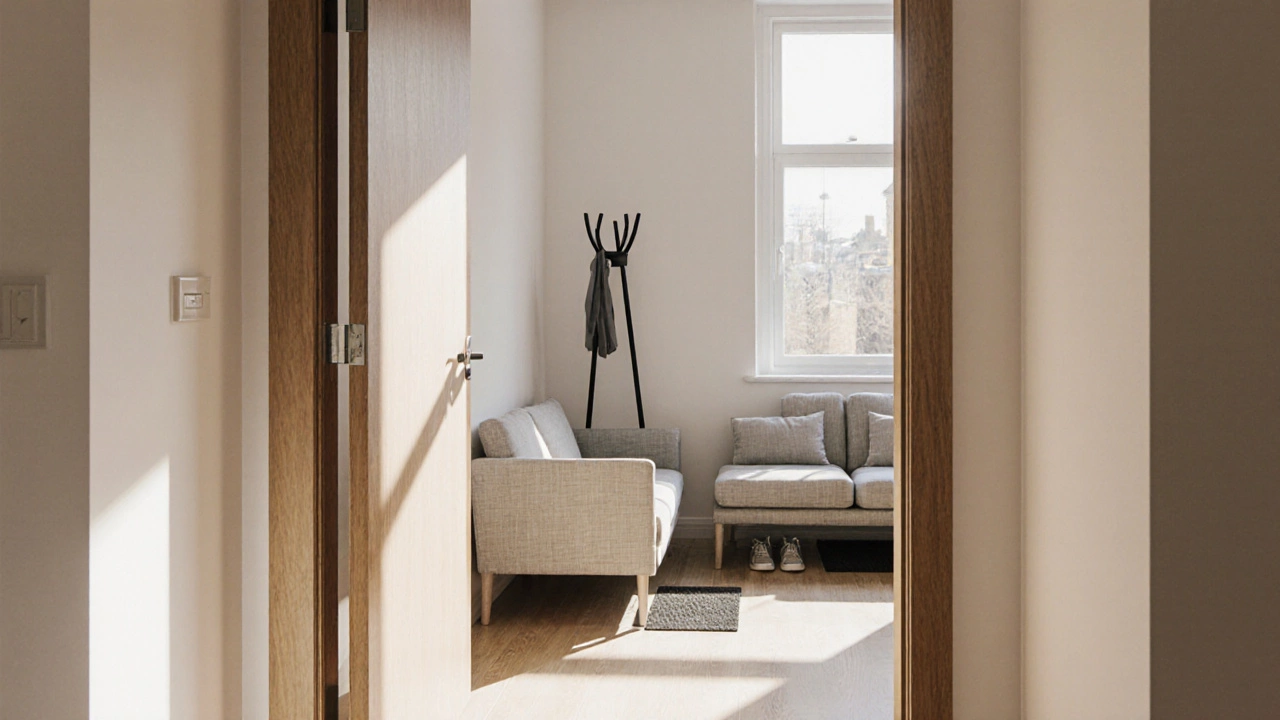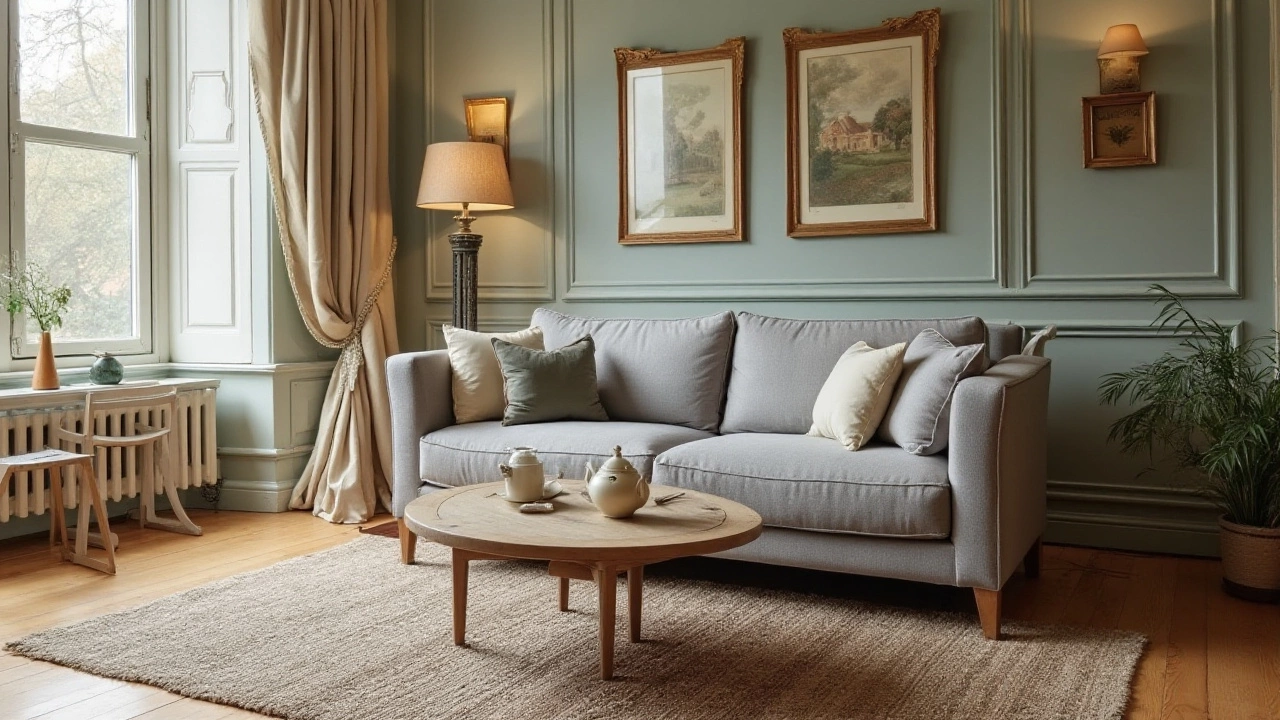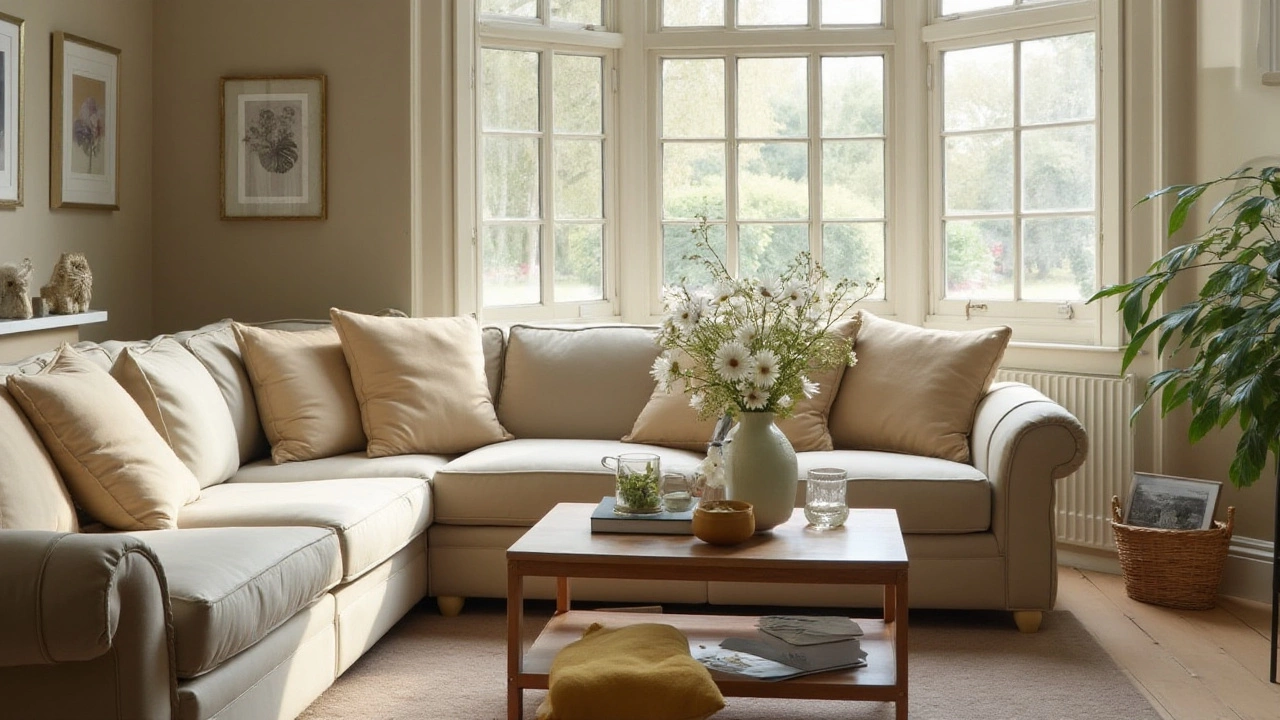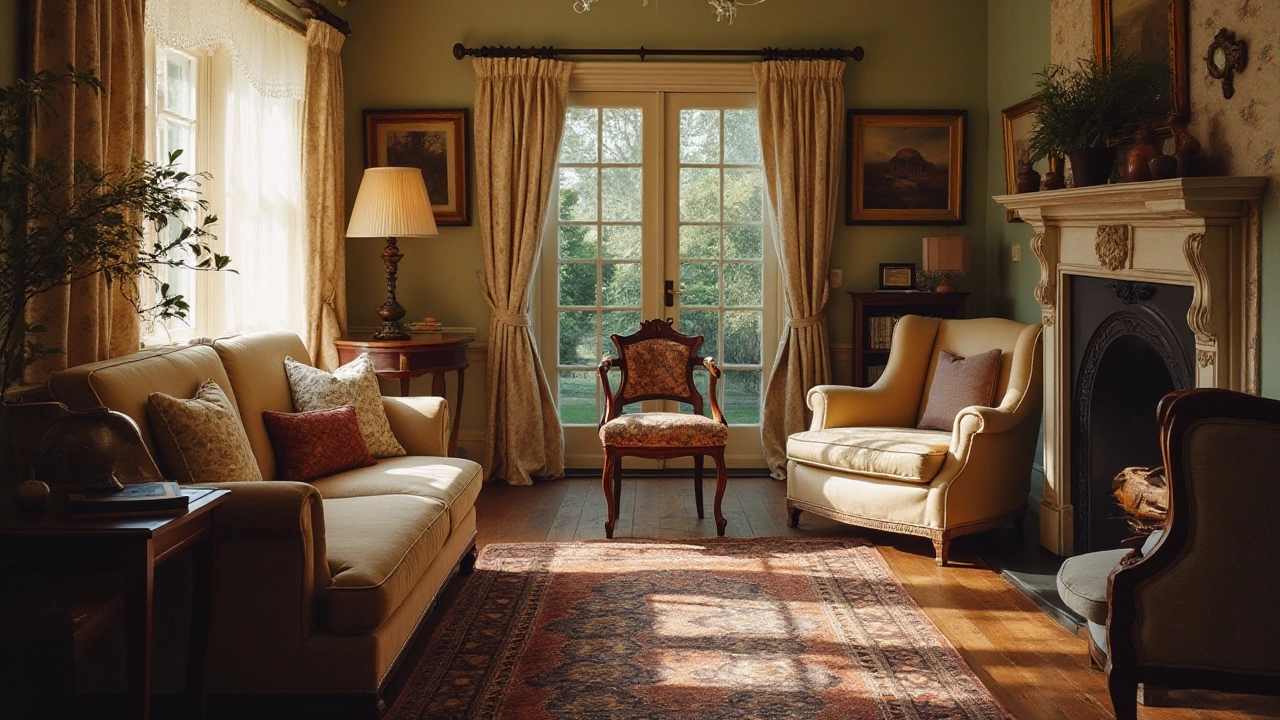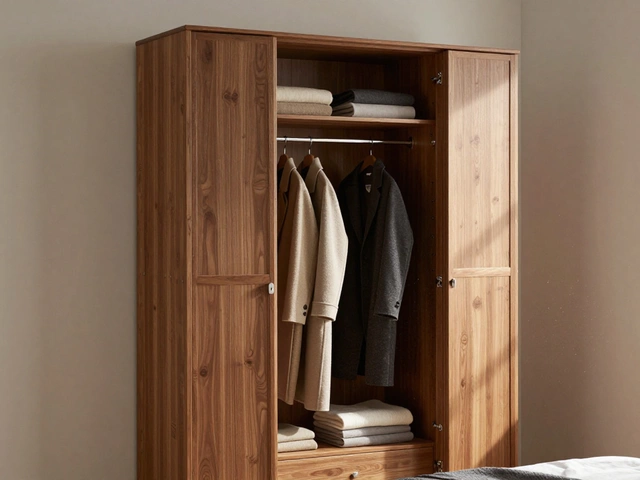Living Room Design Ideas & Practical Tips
Want a living room that looks good and works for everyday life? You don’t need a huge budget or a design degree. Simple choices – like where you put the sofa, what size TV stand you need, and whether a coffee table makes sense – can transform the whole room. Below are clear steps you can use right now.
Choosing the Right Sofa and Placement
The sofa is the anchor of most living rooms. First, measure the wall or floor space you have. A common mistake is buying a couch that’s too big, which forces you to cram other pieces into tight corners. Aim for a sofa that leaves at least 30 cm of walking space on each side.
If you love corner sofas, think about the shape of the room. A “L‑shape” works well in rectangular rooms, while a “U‑shape” fits open‑plan spaces. Keep the back of the sofa at least 60 cm from any doorway to avoid blocking traffic flow. And remember, you can always add a chaise or a small ottoman later if you need extra seating.
When you decide on placement, picture the view you want to face – the TV, a fireplace, or a window. Position the sofa so the main focal point is directly ahead or slightly off‑center. This makes the room feel balanced without needing extra décor.
TV Stands, Coffee Tables and Finishing Touches
Choosing a TV stand is more than matching wood tones. The stand should be at least 5 cm wider than the TV for stability, and the top should sit about 90 cm from the floor for comfortable viewing. If your TV is 65 inches, a stand that’s 140–150 cm wide works well. Also, leave room for speaker cabinets or a media console if you have them.
Do you really need a coffee table? If space is tight, a small side table or a pair of nesting tables can do the job. They give you a place for drinks and magazines without hogging floor space. For larger rooms, pick a coffee table that’s about two‑thirds the sofa’s length and leaves 45 cm of clearance on each side.
Lighting ties everything together. Use a mix of overhead fixtures, floor lamps, and table lamps to create layers. A floor lamp behind the sofa adds reading light, while a pair of table lamps on side tables keep the corners bright.
Finally, add personal touches – a few cushions, a rug that anchors the seating area, and some art on the walls. Keep the colour palette simple: one main colour, a complementary shade, and one accent colour. This approach makes the room feel cohesive without overwhelming you.
By focusing on sofa size and placement, picking the right TV stand, and being smart about coffee tables, you can design a living room that looks polished and feels comfortable. Try one change at a time and see how the space responds. Soon you’ll have a room that works for movie nights, family visits, and quiet evenings alike.
Should You Put a Sofa in Front of the Door? Pros, Cons, and Feng Shui Tips
Learn if placing a sofa in front of the door is safe, stylish, and feng shui‑friendly. Get practical clearance rules, design tips, and a quick checklist.
Understanding the 2/3 Rule for Sofa Sets and Living Room Design
The 2/3 rule for sofa sets is a design principle that helps arrange furniture in a harmonious manner. It suggests choosing a sofa that is approximately two-thirds the size of the available room space, ensuring a balanced and aesthetically pleasing environment. This rule aids in creating a spacious feel while accommodating comfort and functionality. By applying the 2/3 rule, you can craft a more inviting and organized living area that seamlessly integrates with your decor style.
Optimal Coffee Table Height for Perfect Couch Pairing
Determining the optimal height for your coffee table in relation to your couch can significantly enhance both comfort and aesthetics in your living space. The right height strikes a balance between easy accessibility and visual harmony. This discussion explores standard measurements, design variances, and functional tips to ensure a complementary setup. Enhance your living room’s functionality and style by understanding the dynamics of coffee table dimensions.
Should Your Sofa Face the Front Door? Expert Interior Design Tips
Arranging furniture can bring warmth and flow to your living space. Deciding whether your sofa should face the front door is a common design dilemma. This article explores the psychology of space, feng shui principles, and practical tips for maximizing functionality while creating a welcoming entry. Discover how different layouts can influence the atmosphere of your home and learn expert tips for arranging your living space with confidence.
